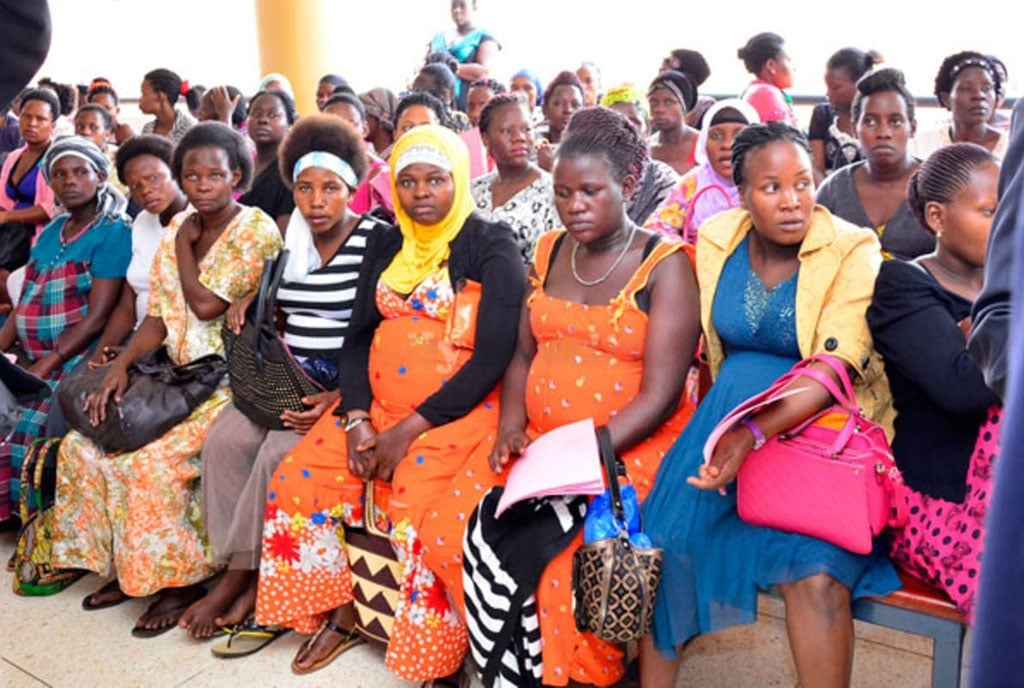Prime
Revisit the mortuary facilities in Uganda

Motorists drive past Kawempe National Referral Hospital in Kampala July 25, 2023. PHOTOS/ ISAAC KASAMANI
What you need to know:
- The government and key stakeholders must look at setting up mortuary facilities where there is none and improving on those in existence. Funds and equipment and other resources should be allocated for these efforts. Otherwise, mishandling corpses poses a public health risk and also disturbs the peace of the dead
The state of Uganda’s mortuaries and their operation is once again in the spotlight owing to emerging reports that the body of a newborn infant was allegedly eaten by rats at Kawempe National Referral Hospital.
While the police continue to investigate the claims and circumstances around this case, the operations and goings-on in hospital and public mortuaries are under sharp focus.
In 2021, this paper extensively reported on the withering and undesirable state of the facilities where the dead are kept and processed after their demise on hospital wards or delivery to the morgue from various places where they would have met their death.
Health facilities across the country were facing a litany of problems ranging from; morgues operating without vital refrigeration, inadequate staff, limited space and tools, the lack of electricity and lighting for attendants and technicians to do their work, and above all, the lack of funding to get all the requirements in place.
There is also the spectre of corruption which complicates the journeys of loved ones as they seek to claim bodies from mortuaries. This was especially reported in 2021 during the second wave of the Covid-19 outbreak when the Monitor established that mortuary attendants in different parts of the country were charging the public illegal fees of between Shs100,000 to Shs800,000 to access bodies, a service that was meant to be offered free of charge.
For some districts like Busia, there was no morgue at all and bodies had to be kept in an incinerator, owing to the lack of alternative space.
In May this year, there was an outcry from Luweero hospital over the overwhelming number of bodies which could not be properly handled and were rotting as a result. This was due to an increase in the number of unclaimed bodies, an average of nine bodies a month in addition to those who die at the facility. Without refrigeration, the hospital was dealing with rotting bodies.
Luweero hospital is one of several facilities located in proximity to major highways and therefore in line to receive accident victims.
Poorly maintained mortuary facilities are a health hazard to the public and to the hospital environment in many ways, especially where vital facilities such as refrigeration are missing.
This latest complaint against Kawempe hospital is an opportunity to examine not only the handling of one infant but the whole system of managing bodies when they leave hospital wards or arrive from other scenes of death



